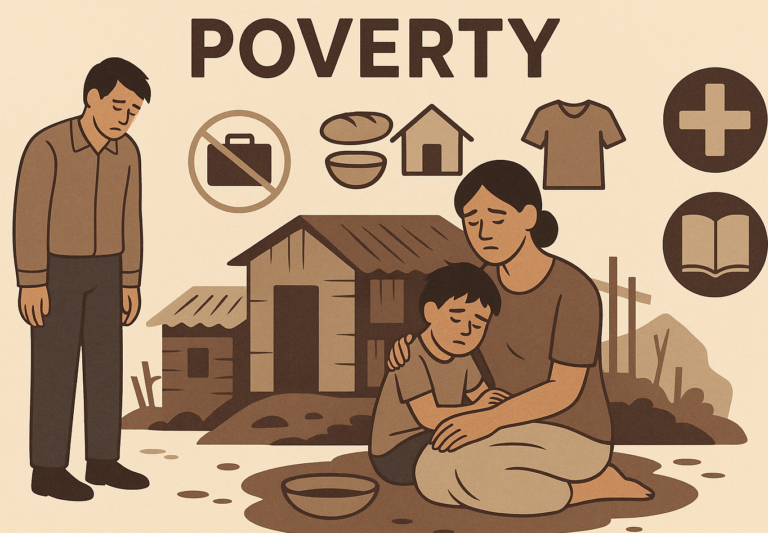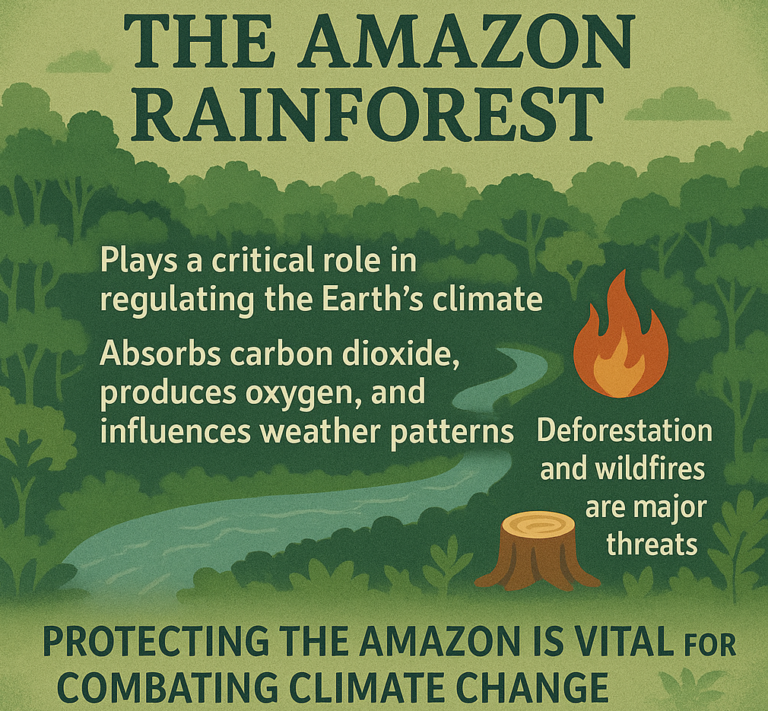What Was the Industrial Revolution?
The Industrial Revolution was a period of big changes in the way people worked, lived, and made things. It began in Britain in the late 1700s and spread to other parts of the world during the 1800s. Before the Industrial Revolution, most people worked on farms or in small workshops. But with the invention of new machines, factories were built, and people started making goods on a larger scale, much faster than ever before.

How Did It Change Society?
The Industrial Revolution had a huge impact on society. Here’s how it affected people’s lives:
1. Urbanization (Moving to Cities)
- Before the Industrial Revolution, most people lived in small villages or on farms. But as factories grew, many people moved to cities to find work. This caused rapid urbanization, meaning cities grew very quickly. People started living in crowded areas with poor living conditions, and cities became noisy and polluted.
- New cities like Manchester and London in Britain saw huge population growth because of the factories.
2. Changes in Work and Labor
- The Industrial Revolution changed the way people worked. Instead of working at home or on farms, many people began working in factories. Factory jobs were often long and hard, with workers spending 12-14 hours a day in dangerous conditions.
- Machines replaced many jobs that were previously done by hand, making production faster and cheaper. However, it also led to poor working conditions, especially for children who were often forced to work in factories.
3. New Technologies and Inventions
- Many new inventions changed the way things were made and transported. For example:
- The steam engine (invented by James Watt) allowed for more powerful machines and trains.
- The spinning jenny and power loom improved textile production.
- The steam locomotive and steamships revolutionized transportation, making travel and trade faster.
- These inventions helped goods be produced faster and cheaper, which led to a rise in production and global trade.
4. The Rise of the Middle Class
- The Industrial Revolution also led to the growth of a new middle class—people who were not poor, but not rich either. Many people who worked in businesses or managed factories became part of this middle class. They were able to afford better living conditions, education, and more leisure activities.
- However, the gap between the rich and poor also grew, as the factory owners and industrialists became very wealthy.
5. Improvements in Transportation and Communication
- New transportation systems, like railroads and steamships, made it easier to move goods and people across long distances. This helped to grow global trade and allowed businesses to reach new markets.
- Telegraph technology, invented by Samuel Morse, allowed people to send messages across long distances almost instantly, which changed how businesses and governments communicated.
6. Social and Environmental Changes
- The rise of factories led to a change in social structures. Many families worked in factories, and traditional ways of life began to break down. People moved away from farming, and the rural way of life changed dramatically.
- However, industrialization also caused environmental problems. Cities became crowded, and pollution from factories polluted the air, rivers, and land.
Summary
The Industrial Revolution changed society in many ways. It led to the growth of cities as people moved there to work in factories, but also created poor living and working conditions. New inventions like the steam engine and spinning jenny made production faster, but also caused problems like pollution and long working hours. It created a new middle class and led to advances in transportation and communication, which made the world more connected. While it helped economies grow, it also brought challenges like wealth inequality and environmental damage. The Industrial Revolution was a turning point that shaped the modern world we live in today.
Keywords: Industrial Revolution, General Knowledge











